Strange air war against a strange enemy
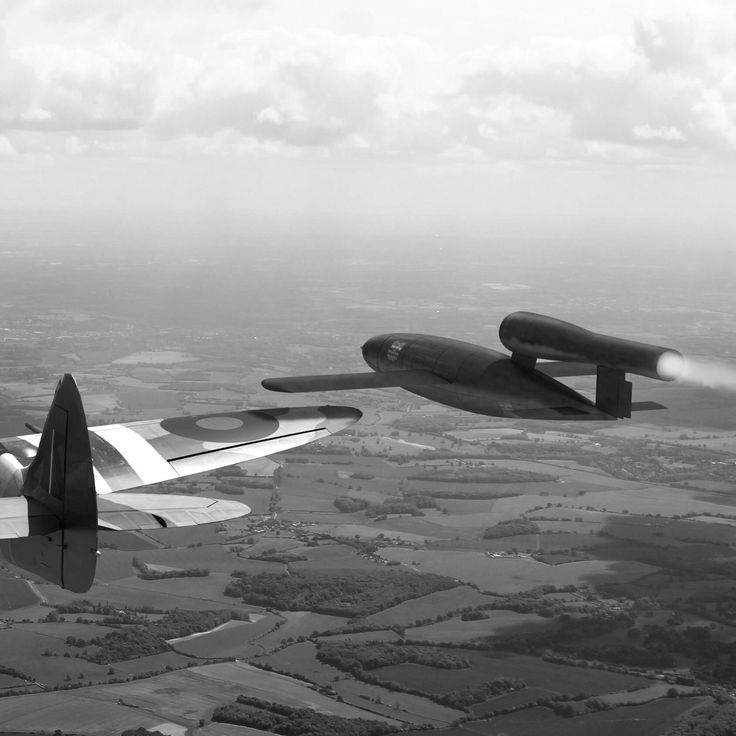
Much has been said about the battles of the RAF pilots with the Luftwaffe aces in "Battle of Britain", and the battle was dismantled piece by piece. Now we will talk about one episode of the "Battle of Britain", which took place a little later, from June 13, 1944 to March 17, 1945.
Probably, many have guessed that this episode should be understood as that part of the Second World War, when Hitler decided to "take revenge" on the British for raids on the Reich with the help of Fi / 103 / V-1 aircraft-shells.
New weapon demanded the creation of new tactics. And today we will talk about it, about the tactics of dealing with jet projectile aircraft, because the tactics were very different from the fight against piston aircraft.
It was necessary to use not only the aircraft that were best suited for the mission to combat the V-1, but also the pilots who could cope with the interception and destruction of the V-1 in the best way.
During the air attacks on Britain, from June 1944 to March 1945, the Germans fired 10 V-668 shells. Of this huge number, about 1 missiles penetrated the British defense system. The bulk of the shells did not reach British cities. Some lost their course or got into network barriers, some were shot down by air defense artillery fire, 2 aircraft-shells were chalked up by British fighter pilots.
Meanwhile, it was very difficult to shoot down the V-1. More precisely, it is much more complicated than it might seem at first glance. On the one hand, it would seem, what is difficult in catching up and shooting down a target that flies in a straight line and does not dodge?
Let's take a look at some of the flight characteristics of the V-1.
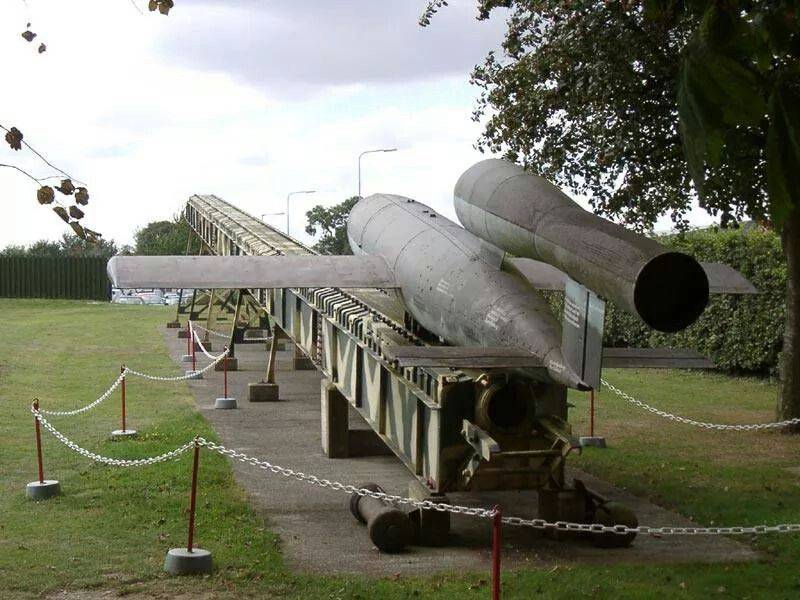
Length, m: 7,75
Wingspan, m: 5,3
Fuselage diameter, m: 0,85
Height, m: 1,42
Curb weight, kg: 2 160
It becomes clear that the goal is very small. We go further, further the most important thing.
Maximum flight speed: 656 km / h, the speed increased as fuel was used up to 800 km / h.
Maximum flight distance, km: 286
Service ceiling, m: 2700-3050, in practice V-1 rarely flew above 1500 meters.
Small but very fast target. Moreover, in the final section of the trajectory it moves at a speed that was inaccessible to the planes of that time. Accordingly, it was worth intercepting the plane the sooner the better.
So, on the night of June 13, 1944, the first bombardment of London V-1 took place. True, in the first salvo, the Germans were able to launch only 9 projectile aircraft, none of which even flew to the coast of Great Britain. Of the 10 shells of the second salvo, 4 reached Britain, and one hit London.
Then things went better for the Germans, we know the results. V-1s claimed the lives of more than 6 British and nearly 20 were injured.
What could the British V-1 oppose? Considering that the V-1 flew day and night, they had to fight around the clock.
"Mosquito" FB Mk.VI
Maximum speed km / h: 611
Cruising speed, km / h: 410
Maximum rate of climb, m / min: 870
Practical ceiling, m: 10 060
Crew, prs: 2
Armament:
- four 20mm British Hispano cannons
- four 7,7 mm machine guns
Bomb load up to 1820 kg.
"Mosquito" NF Mk.XIX, night fighter
Maximum speed km / h: 608
Cruising speed, km / h: 475
Maximum rate of climb, m / min: 822
Practical ceiling, m: 9 530
Crew, prs: 2
Armament:
- four 20mm British Hispano cannons
Spitfire Mk.XIV
Maximum speed km / h: 721
Cruising speed, km / h: 674
Maximum rate of climb, m / min: 1 396
Practical ceiling, m: 13 560
Crew, prs: 1
Armament:
- two 20-mm cannons (280 rounds)
- two 12.7 mm machine guns (500 rounds)
"Tempest"
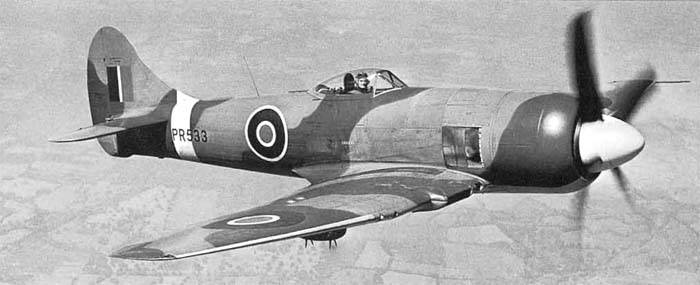
Maximum speed km / h: 686
Maximum rate of climb, m / min: 966
Practical ceiling, m: 11 125
Crew, prs: 1
Armament:
- four 20mm wing cannons
Spitfire Mk.IX
Maximum speed km / h: 642
Cruising speed, km / h: 607
Maximum rate of climb, m / min: 1390
Practical ceiling, m: 12 650
Crew, prs: 1
Armament:
- two 20-mm cannons (280 rounds)
- two 12,7 mm machine guns (500 rounds)
Mustang Mk.III
Maximum speed km / h: 708
Cruising speed, km / h: 582
Rate of climb, m / min: 847
Practical ceiling, m: 12 800
Crew, prs: 1
Armament:
- four 12,7 mm Browning M2 machine guns in the wings
These planes had to take over the fight against the planes-shells of the Germans. They have something in common: high speed, which allowed them to catch up and intercept the V-1, which was very difficult.
The Tempest became the most productive type of interceptor: about 800 victories over the V-1.
In second place are the nightly Mosquitoes: about 500 victories.
The third were the Spitfires Mk.XIV with the Griffon engine: about 400 victories.
The Mustangs were fourth in terms of scoring, about 150 wins
The fifth were the Spitfires Mk.IX., which shot down V-100 in the vicinity of 1.
Of course, the number of aircraft deployed to combat the V-1 played a role. At different times, different units were involved in the "hunt".
There was a certain difficulty in terms of weapons. By 1944, all fighters (except the American Mustang) were armed with 20mm cannons. This caused problems. Hit a small po with a cannon aviation In terms of the aircraft, it was not easy.
Here, if so, it would be more appropriate to use the retired batteries of 7,7-mm machine guns on the Hurricanes. A cloud of bullets erupting from the barrels would have hit the V-1, which, of course, was not armored. But I had to use what was, and this gave rise to very interesting maneuvers.
In general, interceptors usually adhered to the tactics of patrolling near the zone of action of their anti-aircraft artillery. If a V-1 was found, it was possible, if necessary, to transmit the coordinates of the area to the anti-aircraft gunners and have a fallback in case of an unsuccessful attack, or vice versa, so that the air defense observation calculations would inform the fighters "upward" about the V-1 detection.
They acted as follows: at high altitude, they watched the appearance of the V-1 and in case of such a dive began in order to catch up with the projectile and be behind it in an attack position. We went to level flight and opened fire.
It was worth remembering that as the fuel depleted, the V-1 increased its speed and the closer to the target, the more difficult it became to catch up with the projectile, because the speed under 800 km / h was practically inaccessible to piston aircraft.
This was followed by two options for the development of events. You could get into the engine, and the V-1 would immediately start falling to the ground. Since the engine was not protected by anything, one 20-mm projectile would be enough for this. The disadvantage of this method was that when the V-1 warhead fell, it exploded and smashed everything in the range. 1000 kg of ammotol is serious, and given the overcrowding of settlements in the UK, there was a high probability of destruction and loss of life on the ground.
The second option is to get into the warhead. It was more difficult, since the warhead was in the nose. It was decided to take a position slightly above or to the side of the V-1. The disadvantage of this method was the very explosion of the warhead in the air, which often damaged the attacking aircraft. British fighters landed with torn and charred wing and tail plumage.
In general, in order to maximize the safety of the population below, it was necessary to come closer and shoot the warhead of the V-1. And then also to survive the explosion.
British fighters very often returned to airfields burned and damaged by explosions of the warhead. There were also aircraft losses and even casualties.
It is worth mentioning here the ram, which was performed in the best traditions of our pilots by a French pilot.
Captain Jean-Marie Maridor fired at the Fau in the skies over Kent on August 3, 1944. The engine stalled and the projectile began to fall on the city. The warhead did not detonate. By coincidence, the V-1 began to fall on the hospital, which the French captain managed to notice. The hospital was distinguished by the symbols of the Red Cross on the roofs of buildings. Captain Maridor aimed his plane at the falling V-1 and caused the warhead to explode on impact. The brave Frenchman was killed in the explosion.
In general, wing cannons, with their projectile dispersion, were not the best weapon for dealing with V-1s. Yes, a single projectile was enough to confidently hit the projectile plane, but the main thing was to hit.
Therefore, over time, the method of destroying the "Fau" became widespread, which was invented by a colleague of Captain Maridor from the 91st squadron, flying officer Kenneth Collier.
In one of the sorties, he unsuccessfully shot all the ammunition and did not get hits. After that, Collier came up with an interesting idea: to make a ram without a ram. He brought his plane to the V-1 "wing-by-wing", brought the wingtip of his fighter under the wing of the V-1.
Then Collier abruptly gave the control stick in the opposite direction to flip the projectile "on its back" with the wing. The first attempt did not work, but the second attempt was successful: the V-1 gyroscope and the primitive autopilot did not cope with the problem of leveling the apparatus, and it eventually fell to the ground.
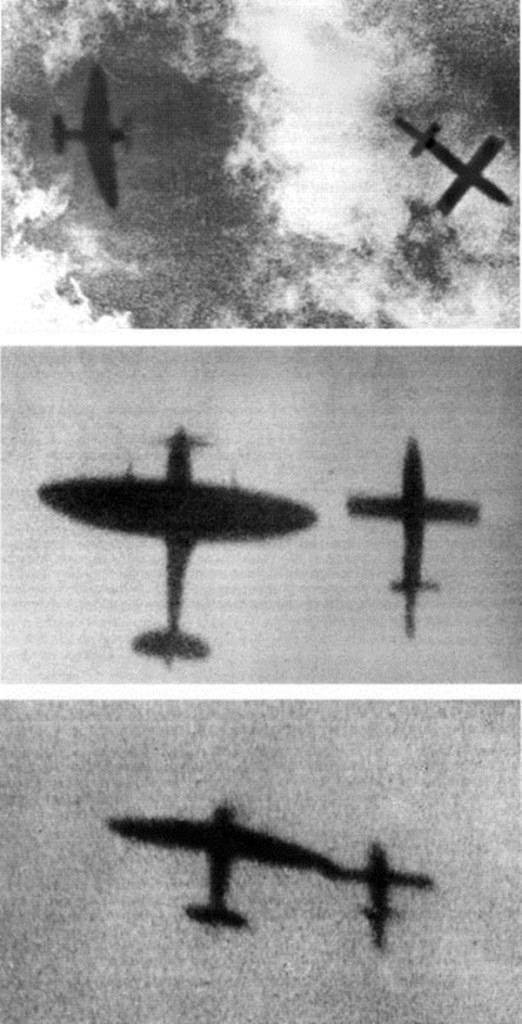
Unfortunately, there is no accurate and intelligible statistics on the V-1 destroyed in this way. There is only evidence that Flight Lieutenant Gordon Bonham, who flew on Tempest on August 26, 1944, shot down only one V-1 from his fighter's cannons, having spent all the ammunition on the projectile. And then he "dropped" three more V-1s in this way, flipping the projectile with his wing.
There was another way. The plane took up a position above the flying V-1 and the pilot abruptly took the control stick over himself. The air flow from the propeller simultaneously pushed the projectile downward, disrupting the gyroscope and simultaneously "choking" the engine. But this method was safer, albeit less effective, so the pilots preferred the method of turning the V-1 "on its back".
Victories over V-1s were counted according to the same rules as downed aircraft, but were counted separately from them. On the one hand, this is true, on the other hand, it is also not an easy task to shoot down a vehicle, small by aviation standards, flying in a straight line at high speed.
The best V-1 destroyer, Joseph Berry, who flew the Tempest, shot down 59,5 shells, 28 of them at night. And Berry shot down only one conventional planes.
The second number of the rating, a Belgian volunteer in the service of the RAF, Flight Lieutenant Remy Van Lierde, won only six victories over aircraft and 40 over V-1. Van Lierde also flew the Tempest.
They were followed by a dozen pilots who shot down 20 to 30 Fau.
Interestingly, it wasn't just the UK that was targeted by the V-1. In October 1944, on Hitler's personal order, the bombing of Dutch Antwerp began, which became the supply center for allied troops on the continent, and a number of other cities in Belgium and Holland.
In total, the Germans fired 11 cruise missiles at Antwerp, Brussels and Liege. This is even more than in the UK, but less success has been achieved. The allies were able to establish a clear work of air defense, covering the cities, and the fighter units were not even involved in capturing the V-988.
Of course, if the Allied pilots saw the V-1, they naturally attacked it. But the main role in the destruction of aircraft-shells was taken by the air defense of the allies. And she coped with this task.
Unconventional tasks require unconventional solutions. It is a fact. The use of V-1 projectiles by the Germans, which became the prototype of modern cruise missiles, necessitated the rapid development of counteractions. I must say that the tactics used by the Royal Air Force of Great Britain turned out to be quite effective. Including because the Air Force had aircraft that were the best suited for the tasks of destroying the V-1. And pilots with equally valuable qualities.
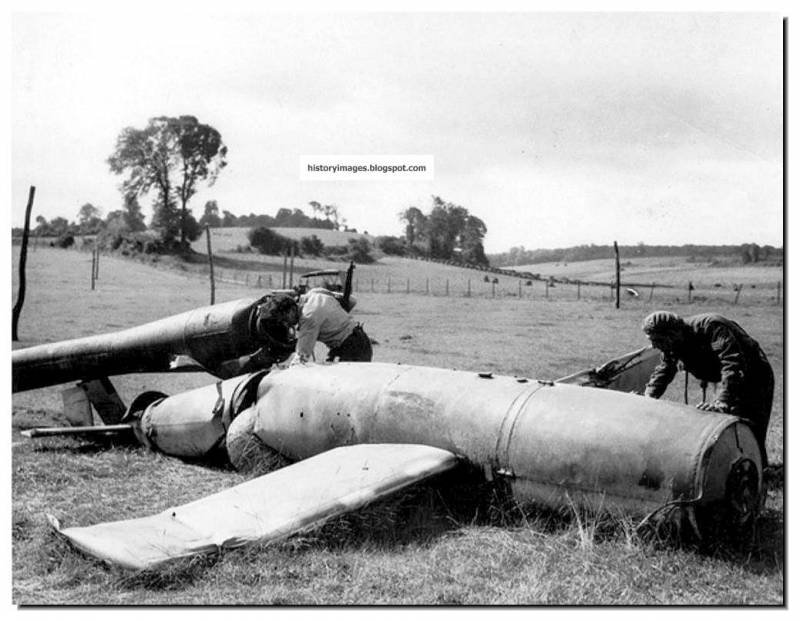
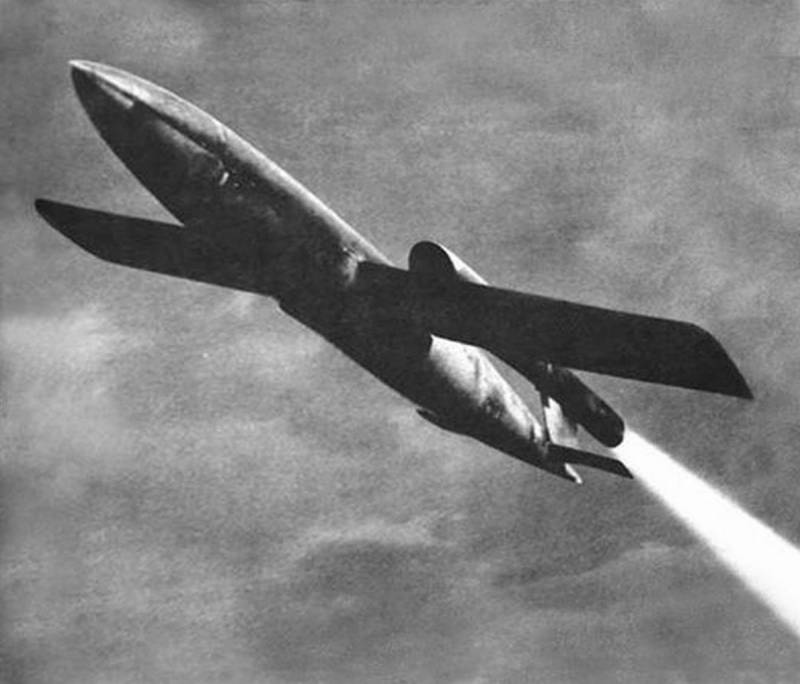
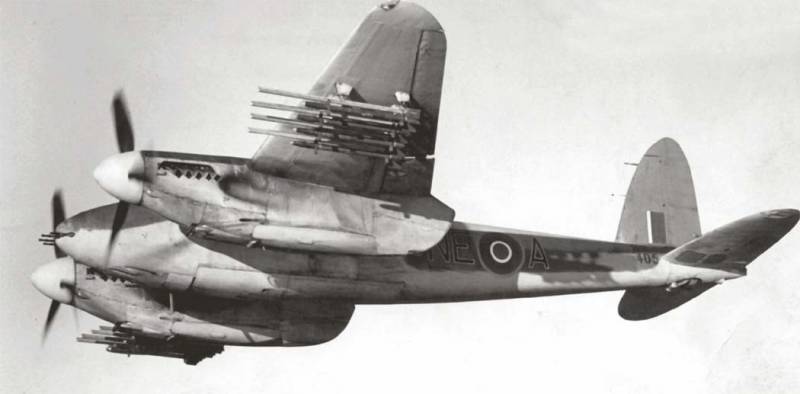
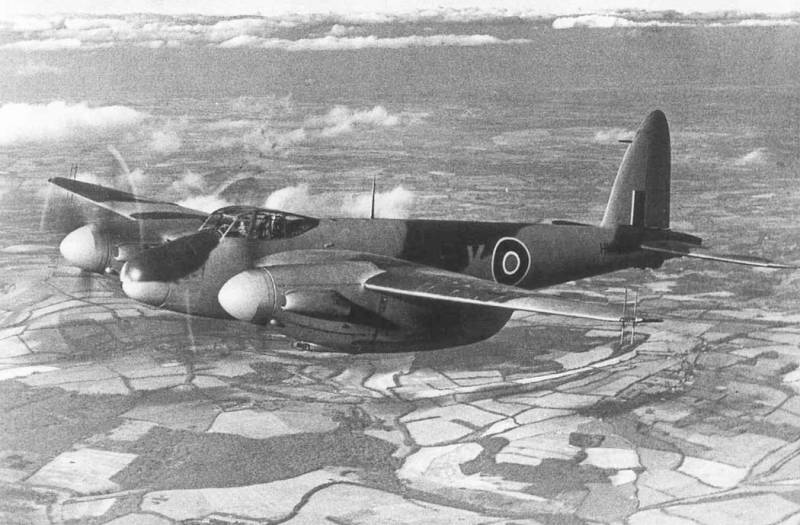
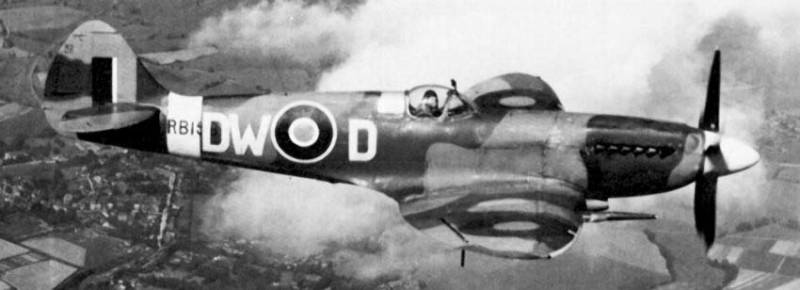
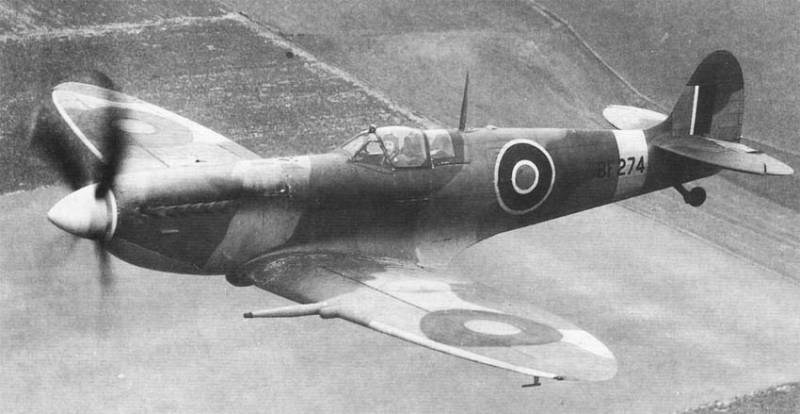
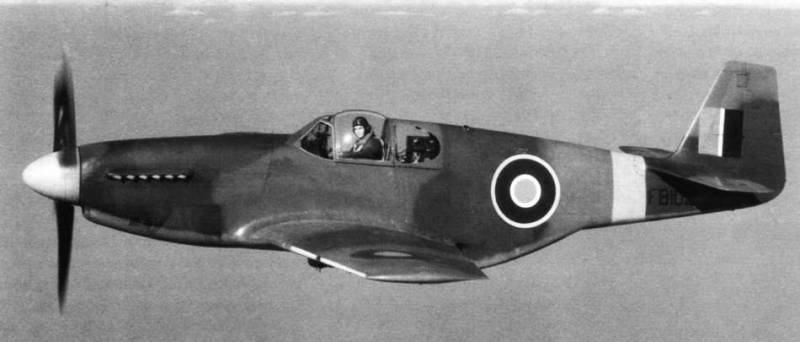
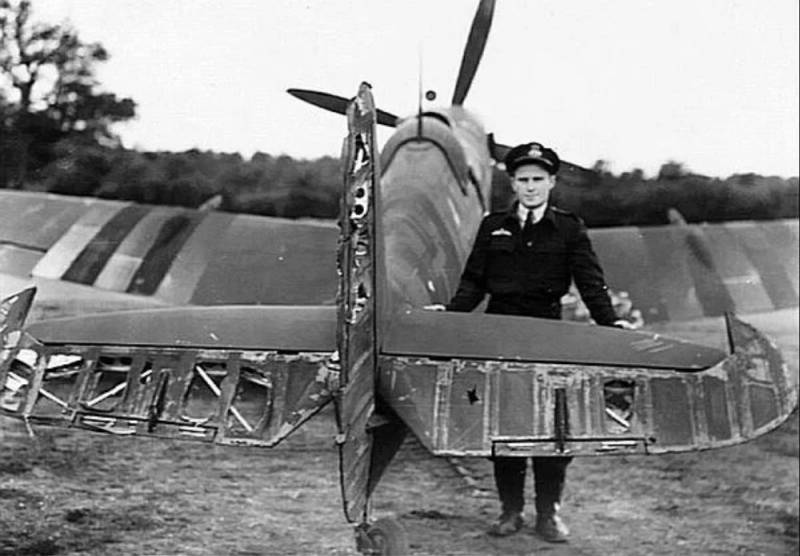
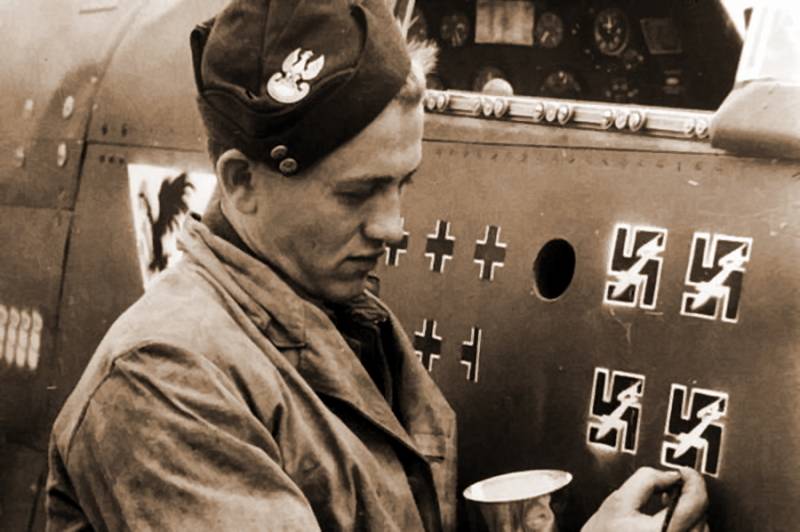
Information